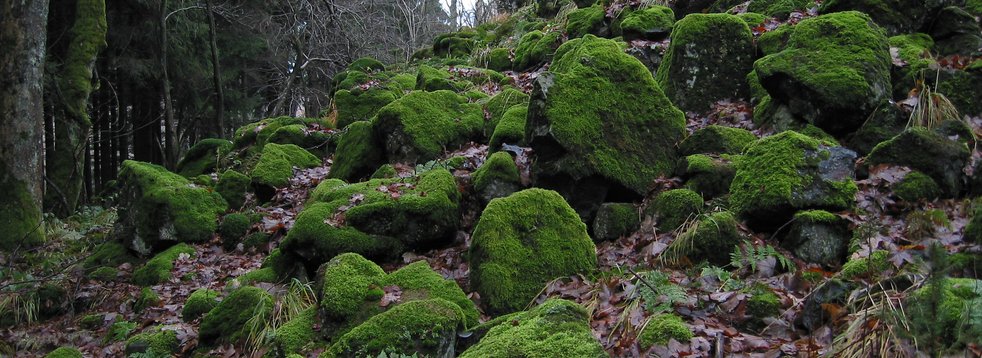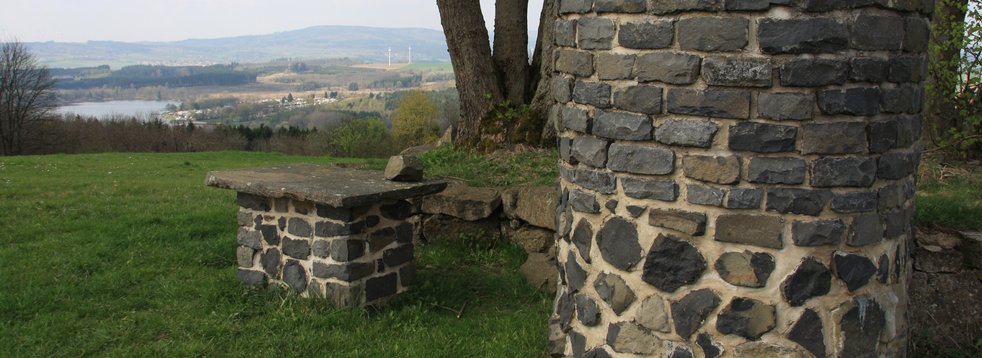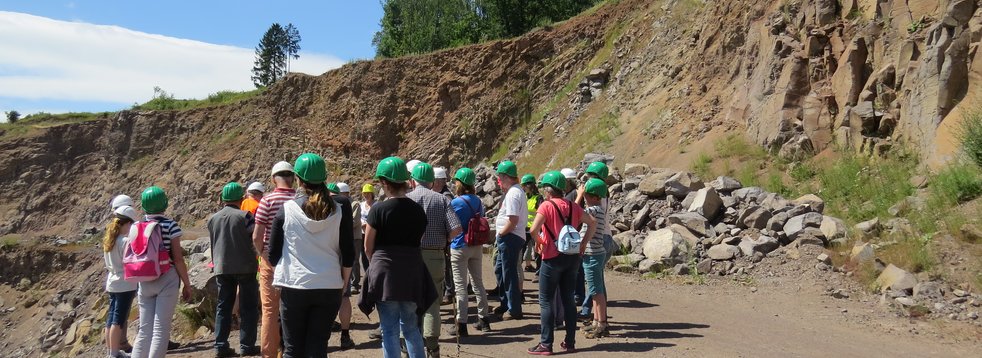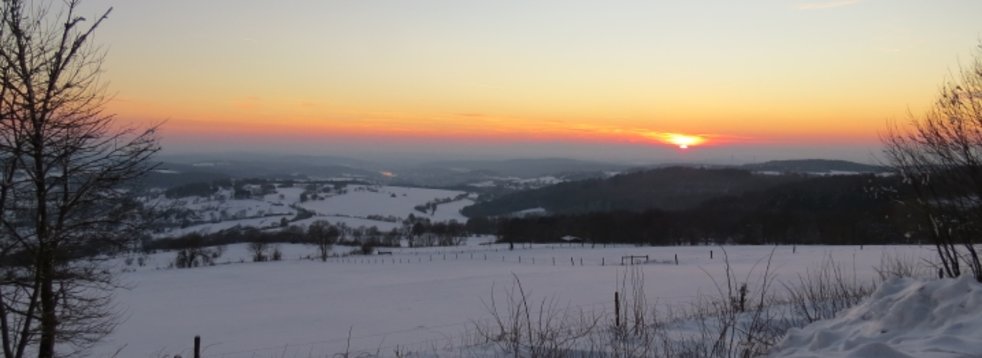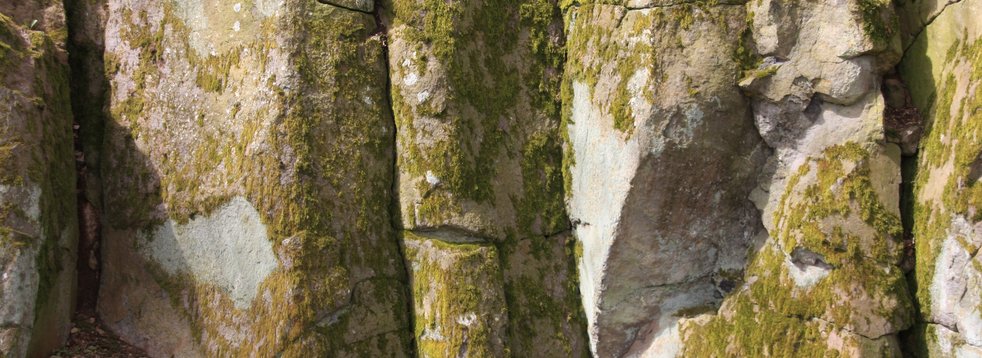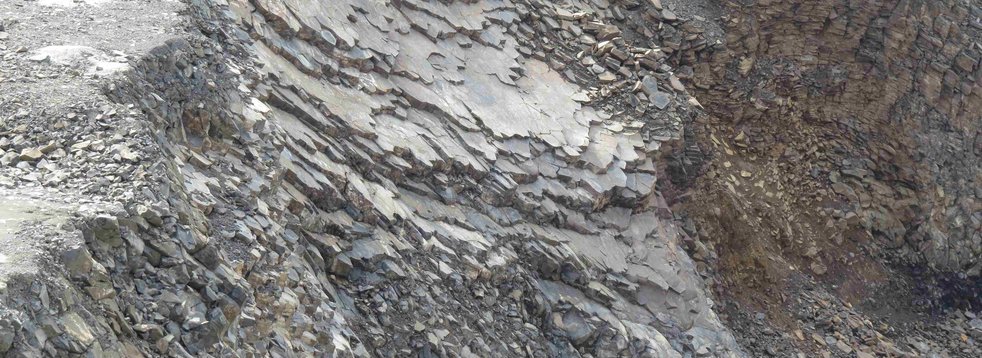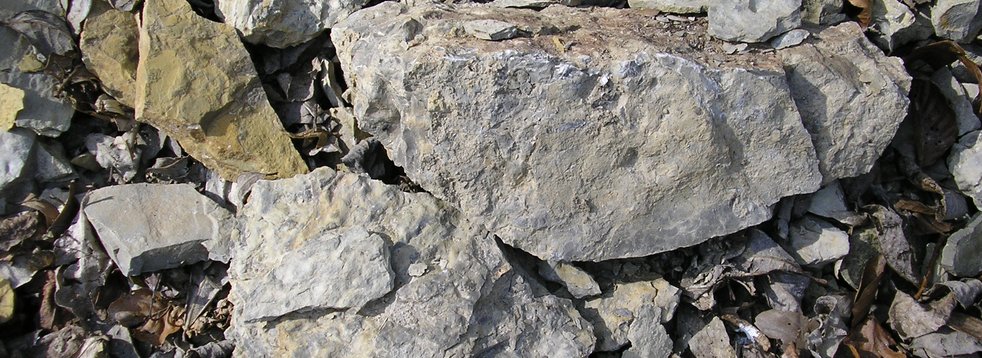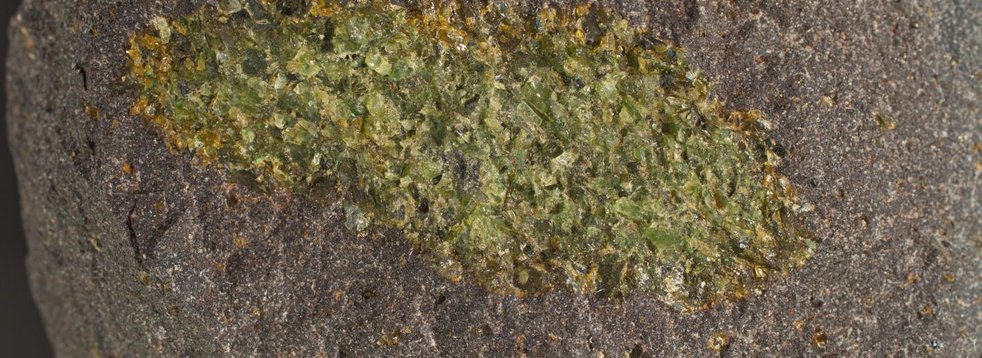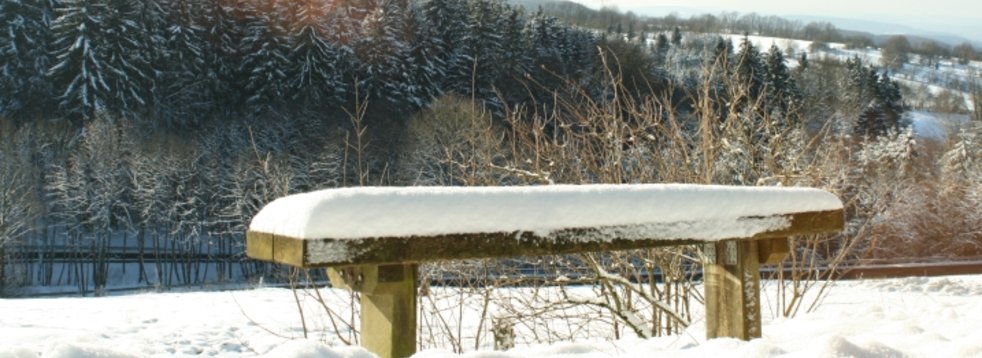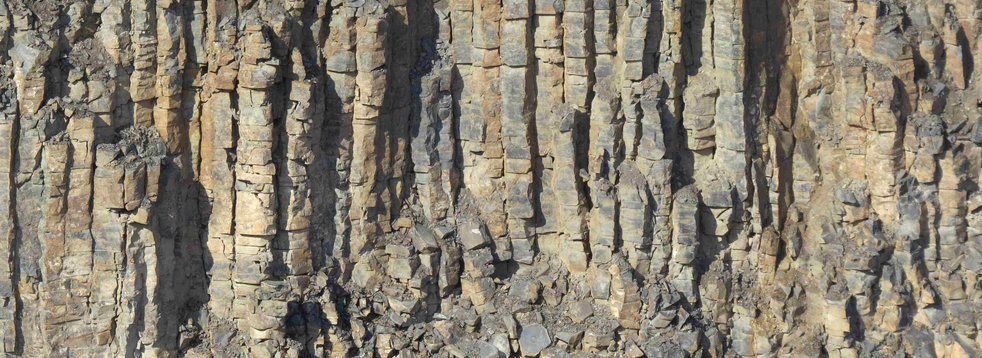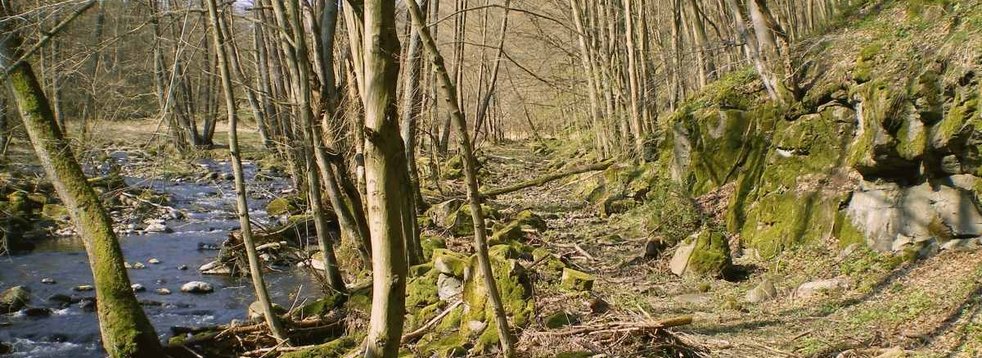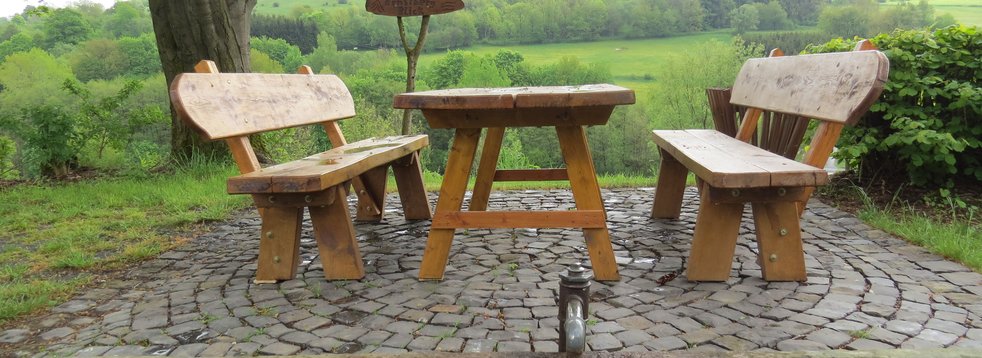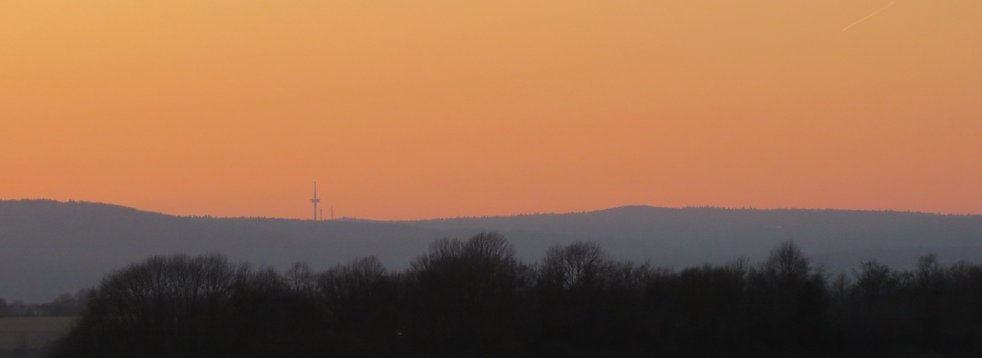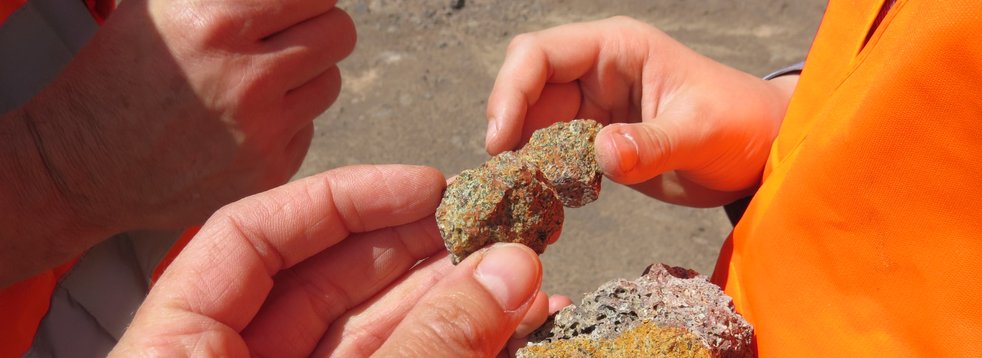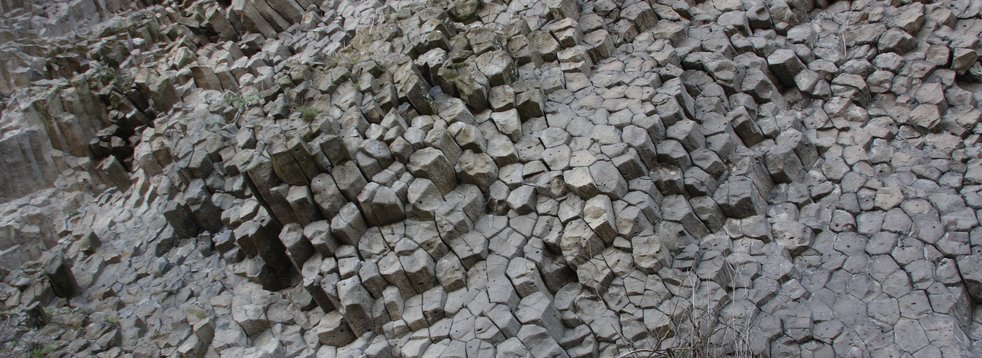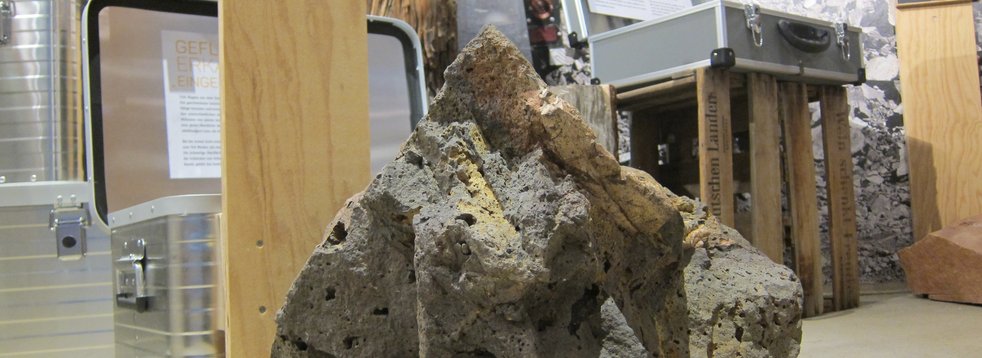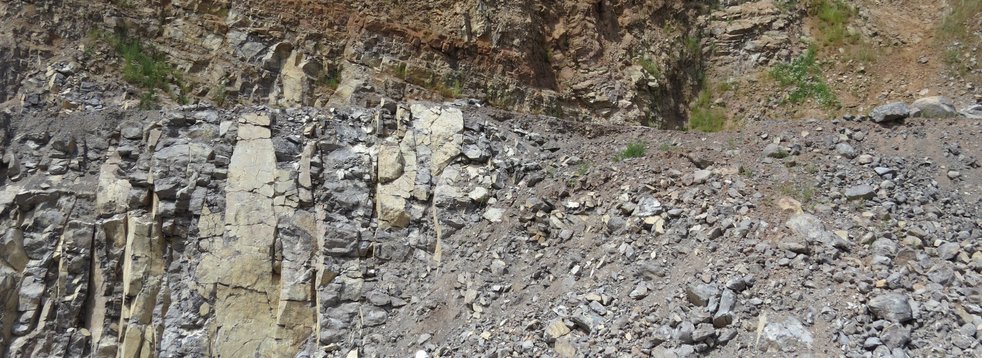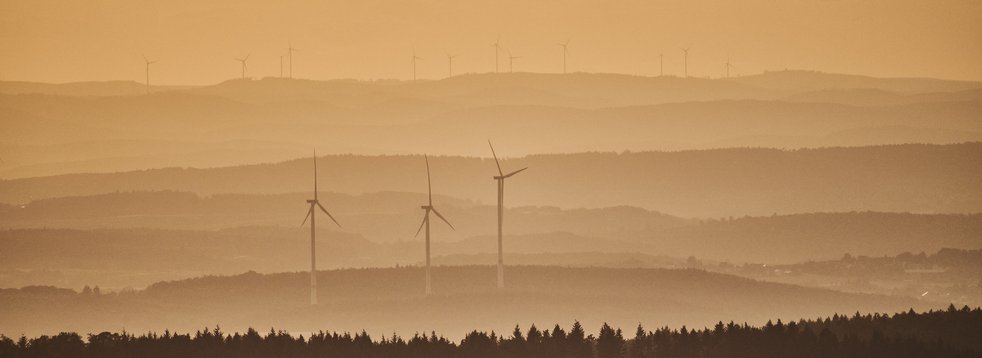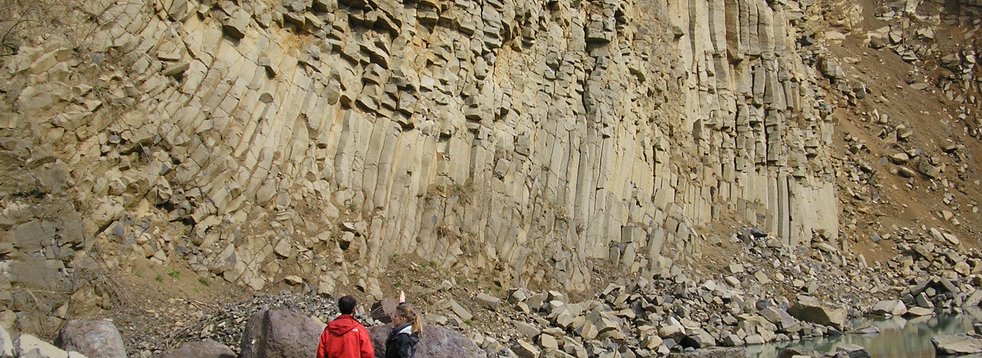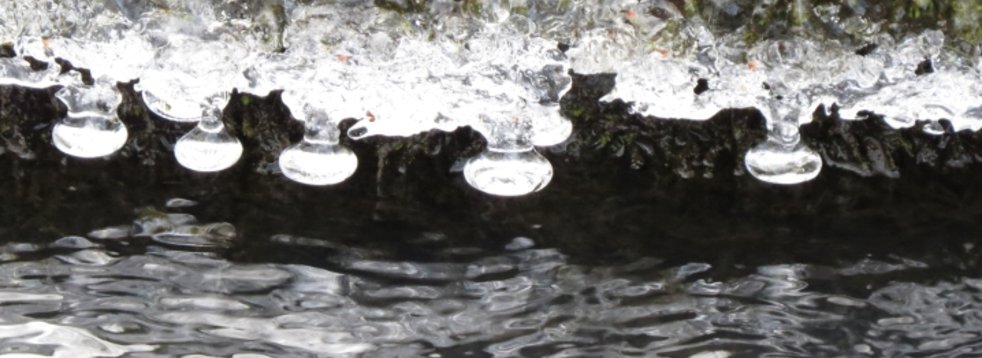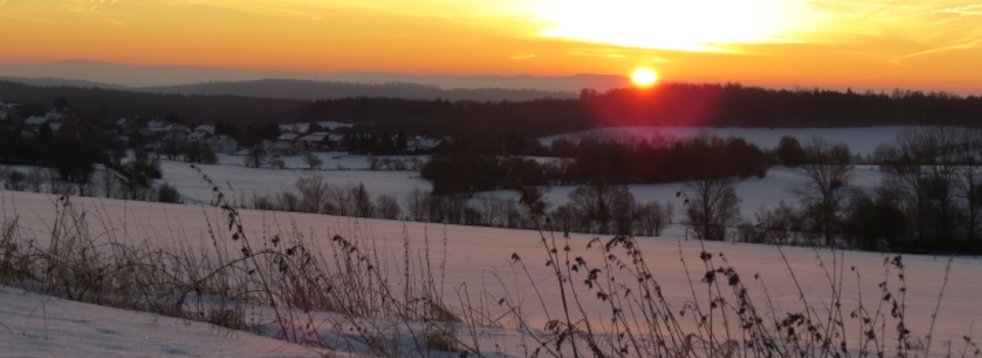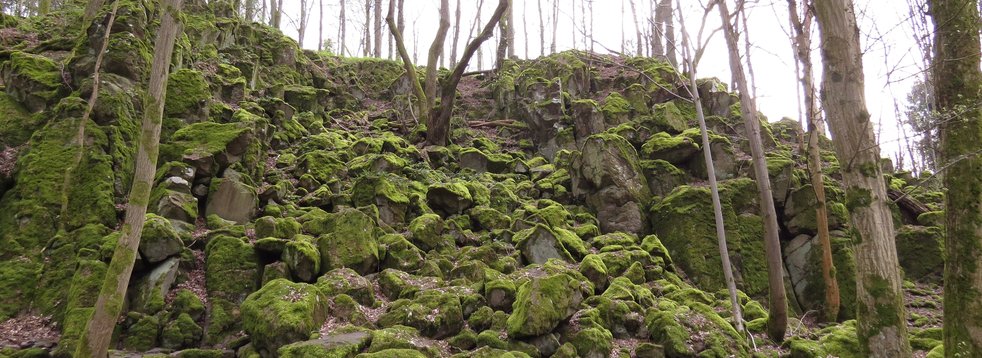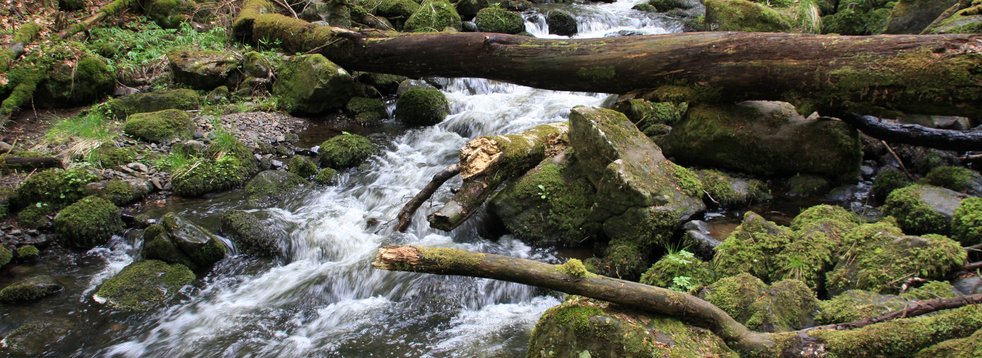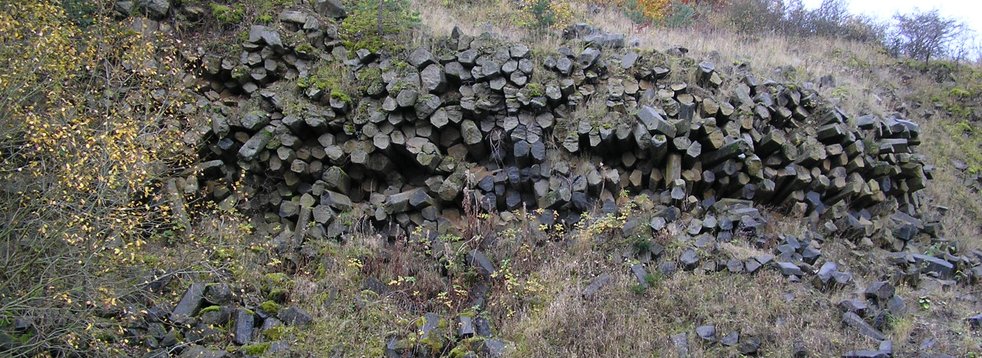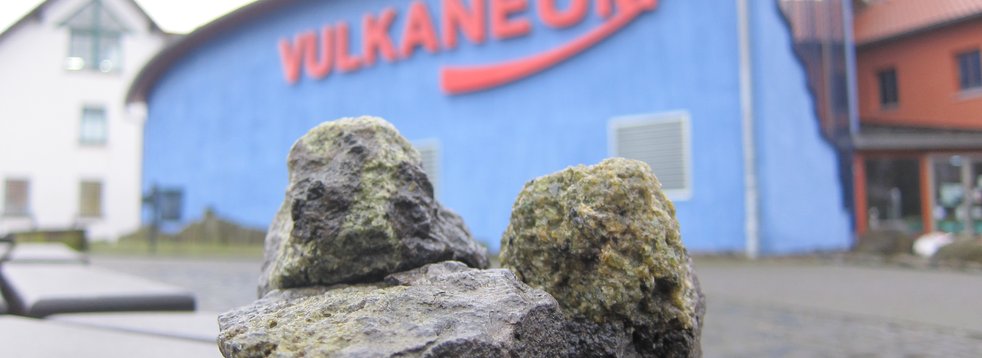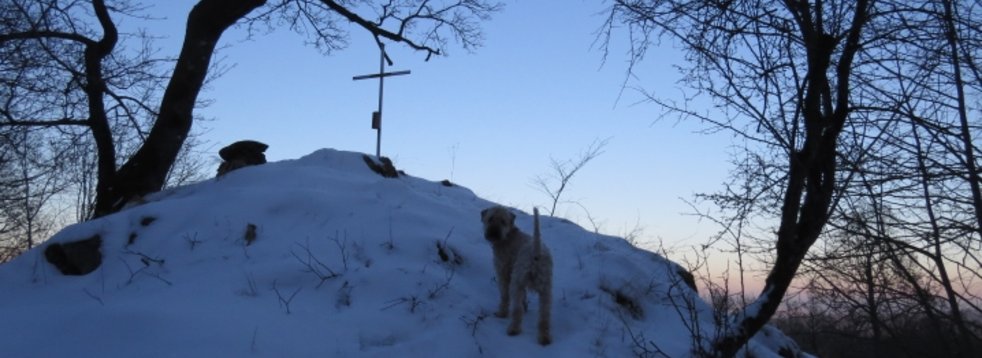Gypsum and anhydrite stone are Rocks of the Year 2022!!!
The last lignite-fired power plants in Germany are expected to be shut down in 2038! What does this have to do with the rock of the year 2022? Gypsum is not only obtained from natural gypsum deposits, but also as a by-product from the desulfurization of flue gases in coal-fired power plants (FGD = flue gas desulfurization plants). Flue gas desulfurization reduces SO emissions and produces a high-quality FGD gypsum that covers about half of the gypsum demand in Germany.
Strictly speaking, gypsum (CaSO4 x 2 H2O) and anhydrite (CaSO4) are not rocks but minerals. The same terms are commonly used for monomineral rocks of this composition. Correctly, the terms "gypsum stone" and "anhydrite stone" should actually be used. Gypsum thus contains water of crystallization, whereas anhydrite is the formation free of water of crystallization; in Greek, anhydros means "without water". Gypsum and anhydrite are formed by precipitation in tropical shallow seas. Depending on the solubility of the salts, first carbonates, then sulfates and finally chlorides precipitate with an increase in salinity. Sulfate rocks, including gypsum, are evaporites and formed by chemical precipitation in basins separated from the open sea. In inland lakes, too, an increase in the salinity of the water can occur under arid climatic influence due to evaporation.
Primary gypsum mud consolidates synsedimentary to late diagenetic to form gypsum stone. Increasing overburden results in drainage and the formation of anhydrite stone. Conversely, horizons of anhydrite can also re-gypsify in places due to water influx over geologic time. The formation is mostly fine-grained and massive. Gypsum stone tends to be white to brown-grey in color, whereas anhydrite stone tends to be white-grey, also bluish or reddish. Very distinctive microstructures can result from foreign inclusions, such as clay bituminous components or carbonates. Gypsum stone is soft and can be scratched with the fingernail, whereas anhydrite can only be scratched with a knife. Due to the good water solubility, subrosion and karst formation occur in sulfate rocks (as in carbonates), whereby caves, sinkholes, sinkholes and vents are formed.
In Germany, exploitable sulfate rocks occur predominantly in the Upper Permian, in the Middle Muschelkalk and in various Keuper layers. In Germany, there was active gypsum mining in 82 extraction sites in Hesse, Thuringia, Lower Saxony, Rhineland-Palatinate, Bavaria and Baden-Württemberg in 2020.
Gypsum is a building material that has been known for thousands of years. Gypsum plaster in the city of Çatalhöyük in Anatolia is considered to be 9,000 years old. Gypsum mortar was used 4,500 years ago in the construction of the Cheops Pyramid and the Sphinx of Giza. Impressive examples of the excellent shaping of plaster are the stucco works of the Baroque period. Particularly clear plaster is used as alabaster, for example, in the fine arts.
Gypsum and anhydrite are primarily building materials with excellent properties and therefore widely used. Gypsum is used for building plaster, gypsum boards and flowing screeds. But gypsum and anhydrite are also used for many other purposes, such as in the pharmaceutical industry, the fertilizer industry, in the production of paints, paper, plastics and cosmetics, but also in the food industry and agriculture.
However, gypsum and anhydrite are also source rocks of numerous geotopes. The Sperenberg gypsum quarries near Zossen, south of Berlin, which are a "National Geotope," were brought to the surface by a powerful salt diapir. Several water-filled residual holes bear witness to mining that dates back to the 12th century. Here, in 1871, a temperature increase of 1 K per 33 m down to a depth of 1,271.6 m was measured at what was then the deepest borehole in the world. It is thus the type locality of the deep geothermal stage. One has to travel a little further to admire extensive dunes of fine-grained gypsum. The White Sands National Monument in the U.S. state of New Mexico is a nature reserve of about 700 km² in the Tularosa Basin and is characterized by gypsum dunes.
The Southern Harz gypsum karst landscape extends as a narrow belt across Lower Saxony, Thuringia and Saxony-Anhalt. Lean grasslands, limestone beech forests, gypsum steep slopes, rocky meadows, spring swamps, water-filled sinkholes, stream floodplain forests, to name but a few, form the most diverse and species-rich habitats. In spectacular fashion, large lobes of anhydrite hang from ceilings and walls in the Barbarossa Cave at Kyffhaeuser in Thuringia.
The nomination as Rock of the Year 2022 is intended to bring the importance of gypsum and anhydrite to the attention of a broad public. When the presentation and naming ceremony will take place in 2022 will be determined in cooperation with the Bundesverband der Gipsindustrie e.V. (Federal Association of the Gypsum Industry). The "Rock of the Year" has been selected since 2007 by an expert board of trustees under the leadership of the BDG Berufsverband Deutscher Geowissenschaftler e.V. (Professional Association of German Geoscientists).
Text: Manuel Lapp, Source: BDG



